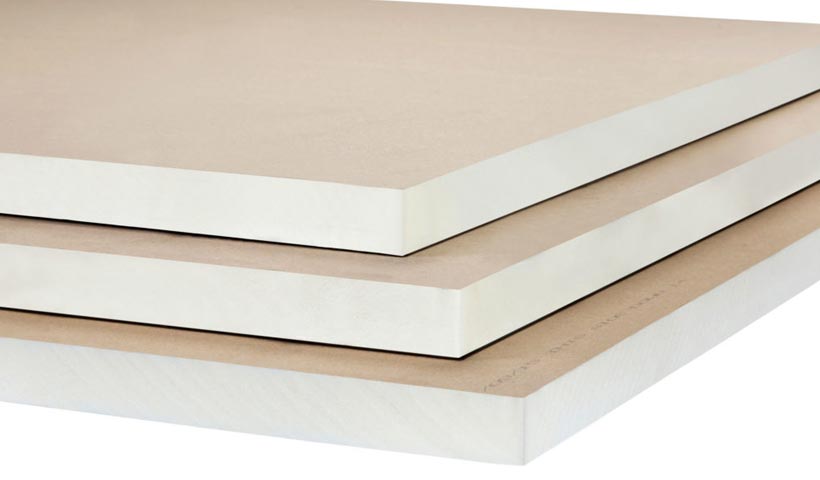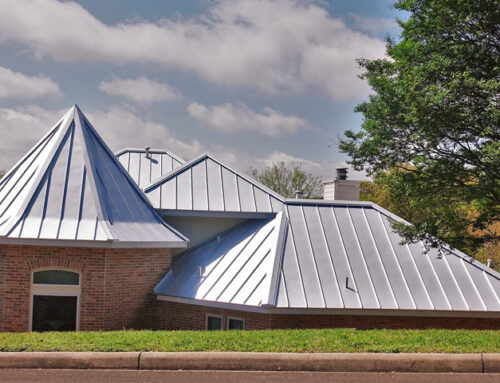If you already have a flat roof but want to better its insulation, you may want to know how to insulate a flat roof from inside. Afterall, it is expensive, particularly on a large commercial roof, to remove the top layer of the roof and then lay down new insulation.
However, before you figure out the technique, it’s important to understand what you’re signing up for. Insulating a flat roof from the inside isn’t always a good idea and can damage your roof over time if it isn’t done carefully. Here’s what you need to know to make your decision and insulate the roof from the inside.
The Importance of Ventilation
If you try to add insulation to your flat roof from the inside, you may accidentally create what is called a hot roof. The industry standard today calls for a cold roof, as these roofs last longer and won’t develop the moisture problems associated with cold roofs.
Cold roofs have proper ventilation through the layer of insulation, then waterproofing, and then the rest of the roof. The ventilation allows the heat and moisture from the building to leave the roof, instead of creating moisture problems on the inside.
Hot roofs have improper ventilation, sometimes as a result of having insulation improperly installed from the inside. The new insulation blocked off the ventilation, trapping moisture and condensation inside. Hot roofs have several problems:
- Insulation: That insulation you just installed may be rendered ineffective from moisture from your building.
- Air quality: Moist insulation and roofing may grow mold and fungus that undermines your building’s air quality and can cause health issues for your tenants, staff, customers, or other guests.
- Longevity: As it may have moisture problems, a hot roof will not have as long of a lifespan as a roof with proper ventilation.
Flat Roof Insulation Options
Adding insulation to an existing flat roof is a labor-intensive process. While you can choose any of the common insulation options, some will work better than others, both with your specific building and with your specific roofing system.
- Polyisocyanurate: This material is the most popular flat roof insulation option. It is closed-cell foam, achieving a high R-value, even for minimal thickness. You may need that thinness if you’re working with an existing flat roof with little space.
- Expanded Polystyrene: While a great option for new flat roofs, this material may not be best for existing flat roofs as it works by expanding into crevices. Care must be taken to avoid cutting off ventilation.
- Extruded Polystrene: Not as high-performing as the expanded version, but easier to install in existing roofs.
The cost of taking off the top parts of a flat roof in order to add to the insulation may be costly, especially on larger commercial buildings. However, they are often much less than the cost of repairing and ultimately replacing a cold roof that fails early. Ensure that your new insulation doesn’t impact ventilation to protect your investment in your roof and your property.







